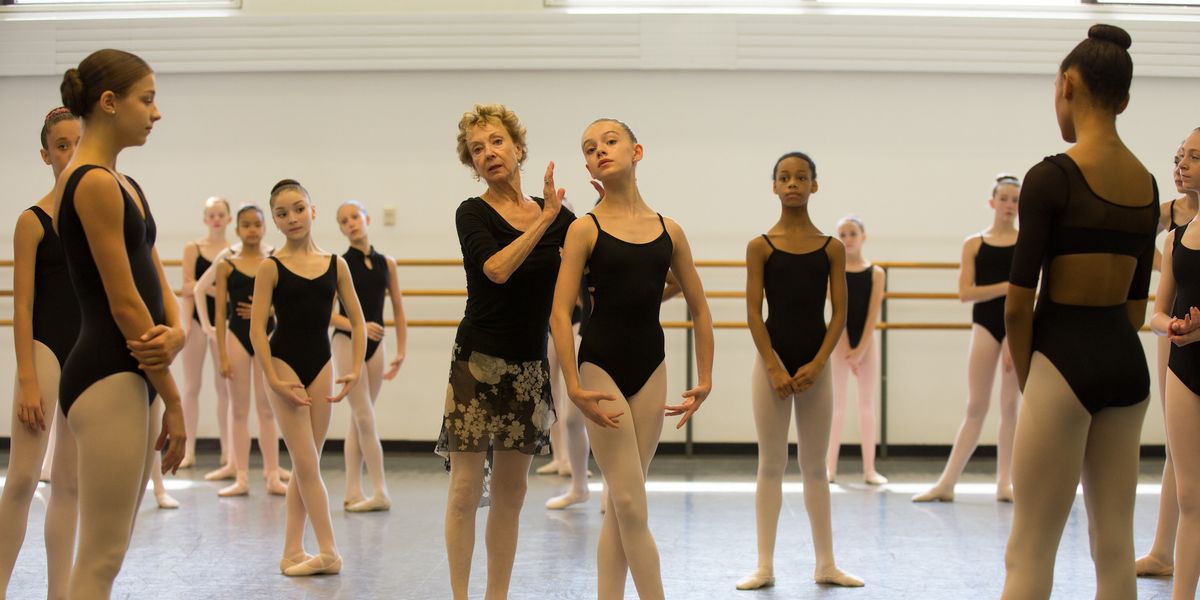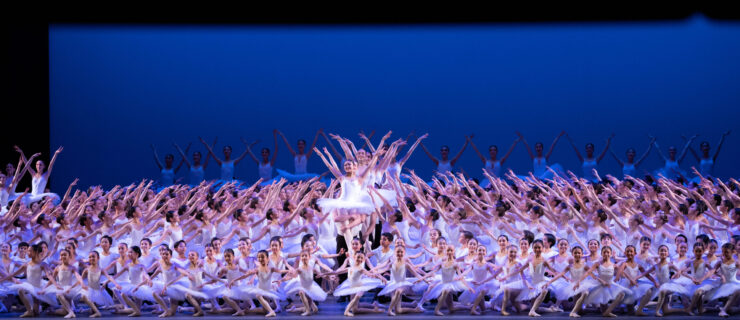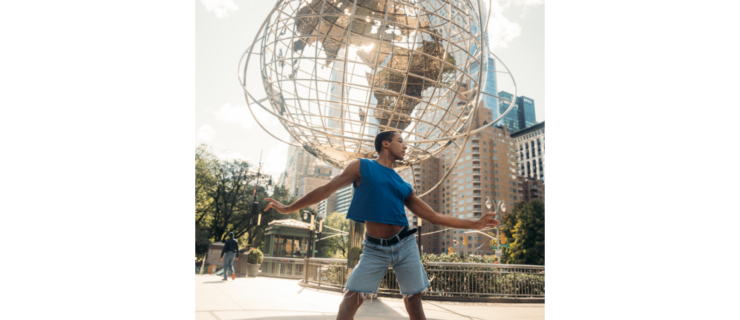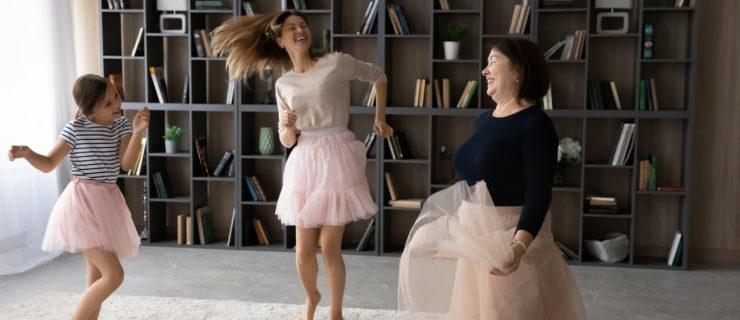The "Balanchine Head," and How to Master It—Including Spotting Front
As a teacher and choreographer, George Balanchine—founder of the School of American Ballet and New York City Ballet—finessed even the smallest details. And in his technique, extra-special attention is paid to the carriage of the head, which is both unique and transformational. Whether held forward or at a particular tilt, the “Balanchine head” forms a critical part of the dancer’s line. “It’s the perfume, the spice,” says Suki Schorer, SAB faculty member and former NYCB principal. “It brings depth, character, glamour, and elegance.”
What’s So Different About the Balanchine Head?
In Balanchine technique, you usually train with your head straight forward while at barre. Megan Fairchild, NYCB principal and SAB faculty member, says this allows you to work your turnout equally. “When you’re holding on to the barre but have your head turned away, it’s easy to lose the turnout of your whole standing side,” she explains. “But if you look straight front, you can work on turning out both sides of your body at the same time.”
In the center, the Balanchine technique often asks that you lift your cheeks up and forward “as if asking for a kiss,” Schorer says. If you’re standing in croisé with your right foot in front, for instance, present your left cheekbone to the mirror or the audience by curving the neck and slanting the head. And that presentation actually begins farther down in the body: “It’s not just a two-dimensional turn with the head,” Fairchild says. “It’s a three-dimensional spiral from the waist up.”

Let’s Talk About Spotting
Additionally, Balanchine’s turns in center—whether traveling or stationary—almost always spot front. “When you spot the corner, I just see half your face and half your turnout,” Schorer explains. Spotting front opens your face, your chest, and your turnout to the audience.
This nuance is often difficult for dancers trained in other ballet techniques to master. “Look for your eyelashes in the mirror,” Schorer advises. But don’t travel toward them. In pirouettes from fourth in croisé, prepare with your eyes over your hand, and then spot the front in the first turn. In traveling turns, like piqué turns on the diagonal, find front with your body but maintain the diagonal path of your foot on the floor, without cutting your rond de jambe short.

Why Did Balanchine Want It This Way?
Coming to America from Russia, Balanchine developed a technique guided by what he hoped to see onstage. Connection to the audience was high on his list.
“Other styles can have an alienating aspect,” Fairchild says. “You may look up and off into space or suddenly turn your head away from the audience to the direction you’re traveling.” A forward focus, however, is naturally presentational. “You never forget the audience,” Fairchild says. “Everything you’re doing is for them.”
The spiraling-from-the-waist idea? It likely comes from the classical arts, explains Lourdes Lopez, artistic director of Miami City Ballet and former NYCB principal. “When you look at the classical statues and paintings of the gods, goddesses, and muses that the masters did, there’s a curvature—almost like an ‘S’—to the body that ends with the head,” she says.
Ultimately, Balanchine technique just isn’t Balanchine technique without correct head placement—and learning it will benefit your dancing beyond Mr. B’s world, too. “The use of the head gives the whole dance nuance and form,” Schorer says. “It adds a beauty that’s useful for all kinds of dance—not just a Balanchine ballet.”




